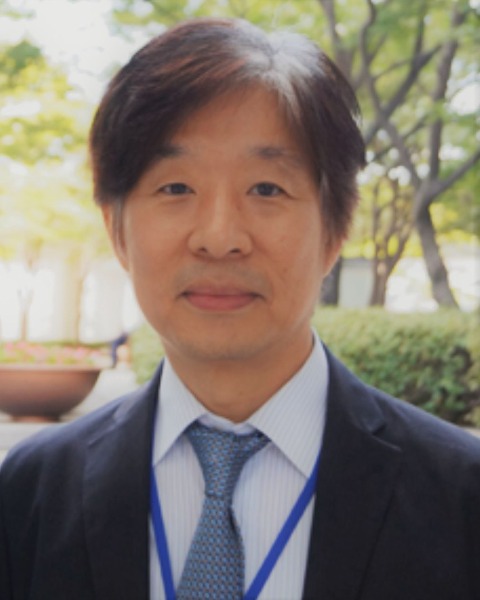Gastroenterology/Hepatology
Session: Gastroenterology/Hepatology
320 - Factors influencing HBsAg clearance in children with chronic hepatitis B undergoing antiviral therapy: Significance of age at treatment onset and HBeAg titer dynamics
Sunday, April 27, 2025
8:30am - 10:45am HST
Publication Number: 320.1821
Byung-Ho CHOE, Kyungpook National University School of Medicine, Daegu city, Taegu-jikhalsi, Republic of Korea; SukJin Hong, Daegu catholic university hospital, Daegu, Kyongsang-bukto, Republic of Korea

Byung-Ho CHOE, MD, PhD (he/him/his)
Professor
Kyungpook National University School of Medicine
Daegu city, Taegu-jikhalsi, Republic of Korea
Presenting Author(s)
Background: We looked into the clinical relevance of HBeAg measurements and how they might be used to forecast children's functional cure rates.
Objective: The purpose of this research is to examine the features and factors that influence HBsAg clearance in pediatric patients with HBeAg-positive chronic hepatitis B (CHB) receiving antiviral therapy in Korea, where genotype C is predominant.
Design/Methods: We recruited 145 CHB children with positive HBsAg tests for at least six months to receive antiviral therapy. Those who had elevated ALT levels for at least six months that were more than twice the upper normal limit or those who underwent a liver biopsy to confirm the results were included in the study. Nucleos(t)ide analogues (NA) were used for at least a year after complete remission, and if treatment lasted comparatively longer, another NA consolidation therapy was given. This was further extended if HBsAg titers rapidly decreased in the hopes of achieving a functional cure. To find variables that significantly affect HBsAg clearance, the study examined a number of variables. Additionally, we classified the slope of the titer decrease into tertiles and used logistic regression and chi-square analysis to assess the impact of the HBeAg titer's decrement velocity during NA treatment.
Results: At the start of treatment, the average age of the 145 patients in the study group was 8.0±5.3 years (mean±SD). Thirty-five patients (24%) had clearance of HBsAg. On average, it took 32.2±39.2 months (mean±SD) from the start of treatment to its completion. Age at treatment initiation, gender, and pretreatment ALT levels were found to have an impact on HBsAg clearance. Notably, patients with higher pretreatment ALT levels (P = 0.046) and female patients (P = 0.047) had better outcomes. A significantly higher rate of clearance was seen in children younger than six years old (P = 0.011), and a faster decline in HBeAg titer was also a contributing factor (P = 0.015). Every patient who was cleared of HBsAg eventually developed anti-HBs. After stopping NA, no patient who had experienced a functional cure has relapsed.
Conclusion(s): The likelihood of HBsAg clearance is higher in preschoolers or those exhibiting a sharp drop in HBeAg titer during NA treatment for HBeAg-positive CHB. Patients with genotype C, especially those under 6 years old, may benefit from extending treatment until HBsAg loss is attained if their HBeAg titer rapidly declines. Finally, a model that predicts HBsAg clearance was constructed using these influencing factors.

